Bluetooth speakers can sound vastly different from one another. This depends on several key factors. The speaker’s hardware and design (drivers, enclosure, amplifier), the Bluetooth codec and connection quality, the audio source quality, and the environment all play major roles. Put simply, better drivers/enclosure and higher-bandwidth codecs (like aptX or LDAC) usually mean clearer, richer sound Conversely, compressed audio files or interference can degrade detail. The table below summarizes the main factors at a glance:
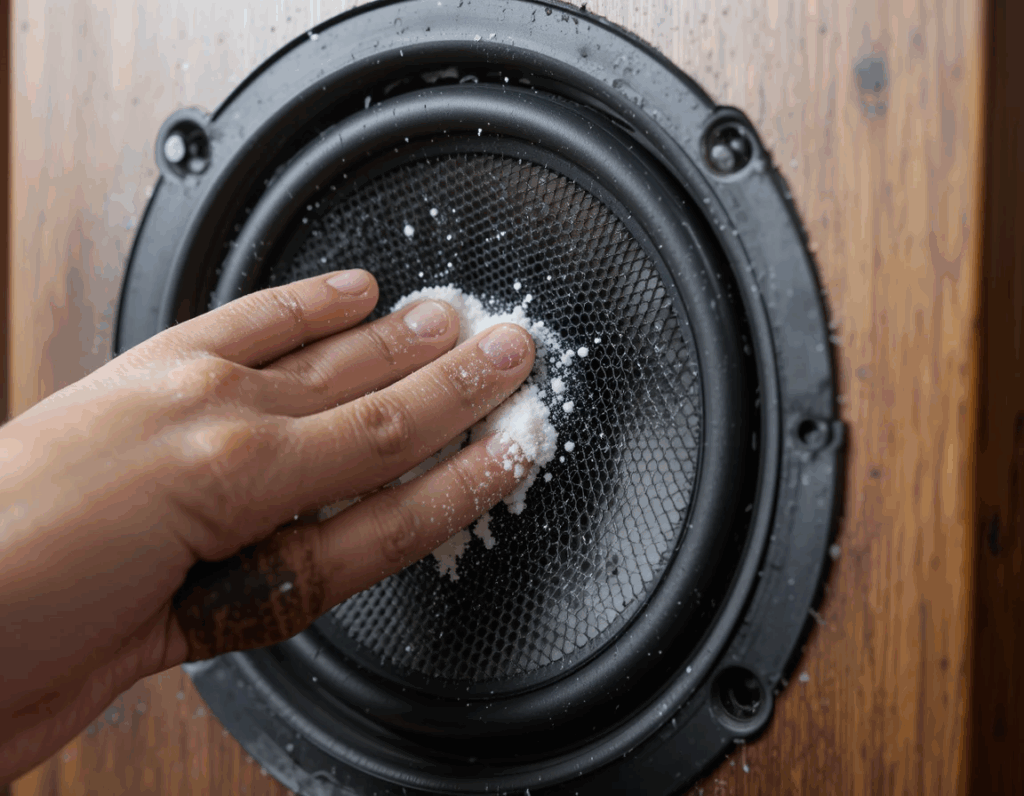
| Factor | Impact on Sound Quality |
|---|---|
| Drivers and Enclosure | Bigger/multiple drivers and well-designed enclosures typically deliver deeper bass and clarity. Cheap materials or poor cabinet design can cause distortion or muddy sound. |
| Amplifier and Power | A powerful, efficient amplifier provides clean volume and dynamic range. Weak amps or low battery output can cause distortion at high volume. |
| Bluetooth Codec & Bitrate | Standard SBC codec compresses audio heavily, losing detail. Advanced codecs (aptX, AAC, LDAC) allow higher bitrates for better fidelity. Connection stability also affects audio continuity. |
| Audio Source Quality | High-bitrate, lossless or CD-quality files preserve detail. Low-quality streams or MP3s limit what the speaker can reproduce, capping audio fidelity. |
| Environment & Interference | Distance, obstacles (walls, objects), and RF interference (Wi-Fi, microwaves) can drop signals and introduce artifacts. Room acoustics and speaker placement also shape perceived sound. |
Answer: The sound quality of a Bluetooth speaker is most affected by its physical components (drivers, amplifier, and enclosure), the Bluetooth wireless technology (codec and signal integrity), and the quality of the audio being played. By optimizing these areas — using high-quality drivers in a rigid cabinet, ensuring a stable Bluetooth connection with a high-quality codec, and playing high-resolution audio — you get the best possible sound.
Table of Contents
- Key Factors Affecting Sound Quality
- Hardware Components: Drivers, Enclosure, and Amplifier
- Bluetooth Technology: Codecs and Bandwidth
- Audio Source and File Quality
- Connectivity, Range, and Interference
- Tweaks and Settings: EQ, Volume, and Effects
- Tips to Improve Your Bluetooth Speaker’s Sound
- FAQs
- Conclusion
Key Factors Affecting Sound Quality
Bluetooth speaker sound quality depends on multiple elements working together. At the hardware level, the drivers (woofers, tweeters) and the speaker’s enclosure shape the raw audio outputThe amplifier inside must drive the speakers cleanly; a weak amp or low power can introduce distortion. The wireless side matters too: Bluetooth transmits audio using codecs and limited bandwidth. Basic SBC codec can lose detail, whereas higher-quality codecs (aptX, AAC, LDAC) stream more data and preserve fidelity
The audio source itself is also crucial: playing a high-resolution FLAC file or streaming lossless music unlocks more sound quality than a low-bitrate MP3. Finally, external factors like distance from the source device, obstacles, and other wireless interference can affect the wireless link and thus audio quality Even room acoustics and placement (near a wall vs in open air) will color the sound. In short, both hardware/design and audio processing/connection factors combine to determine what you hear.
Hardware Components: Drivers, Enclosure, and Amplifier
The drivers (speakers inside) are at the heart of sound production. Larger drivers or multiple drivers (separate woofers and tweeters) can cover more of the frequency range and move more air, producing deeper bass and clearer highs. Many portable Bluetooth speakers use a single “full-range” driver for simplicity and compactness, which can limit bass and overall fidelity More expensive models might add passive radiators or separate mid/woofer/tweeter drivers to improve audio richness.
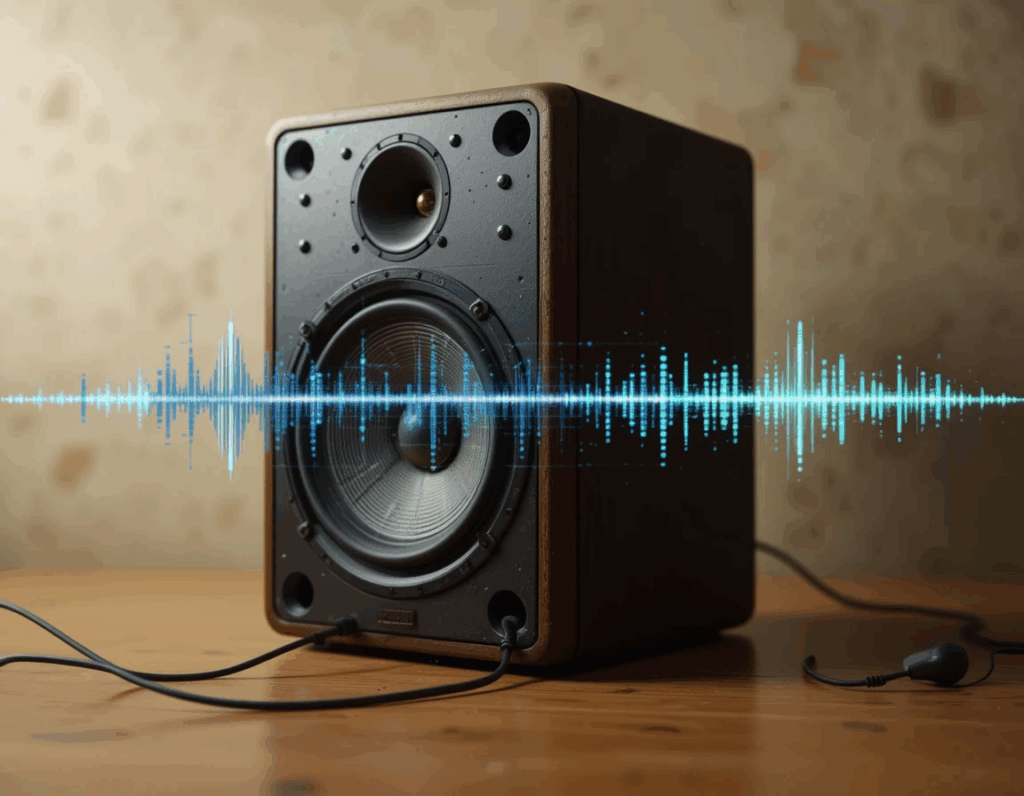
The enclosure design (the speaker’s cabinet) also matters. A well-constructed, rigid enclosure prevents unwanted vibrations and resonance, giving purer sound. Materials like hard plastics, metal or wood with internal bracing help minimize distortion. Cheaply made speakers with thin plastic shells or loose joints often sound “flabby” or muddy, especially in the bass.
The amplifier and power stage inside the speaker drives the audio signal. A strong, well-designed amplifier can produce louder volume without clipping. Portable speakers often use Class D amplifiers, which are efficient for battery life but must still be well-matched to the drivers If the amp is underpowered for the speaker, or if the battery is low, you may hear distortion when the speaker is pushed hard. Higher output (watts) generally means more “headroom,” letting the speaker play louder and cleaner. In short, a top-notch Bluetooth speaker balances great drivers, a sturdy enclosure, and a capable amplifier to maximize sound quality
Factors That Affect Bluetooth Speaker Sound Quality Most Read More –>
Bluetooth Technology: Codecs and Bandwidth
Bluetooth audio transmission uses codecs to compress and send music wirelessly. The default codec for most devices is SBC, which is simple but discards much of the audio data. This can make sound details less clear Modern devices often support better codecs: for example, Qualcomm’s aptX or aptX HD can handle higher bitrates (up to CD quality). Apple devices typically use AAC, which also provides richer audio than SBC when the phone and speaker support it. Sony’s LDAC codec can transmit even more data (theory: 3× SBC rate) for high-resolution audio, though it depends on having both source and speaker optimized for LDAC.
Different Bluetooth versions (4.x vs 5.x) slightly increase bandwidth and range, but the codec and bitrate are the main limits. Regardless of version, the channel can only send so much data per second. Higher-quality codecs “squeeze” less out of the music, preserving more fidelity. For instance, aptX transmits 352 kbps of 16-bit/44kHz audio, aptX HD does 576 kbps, whereas SBC usually tops out around 328 kbps In practice, using a speaker and source that both support a high-end codec (and sometimes enabling “High Quality Audio” mode on your phone) will noticeably improve the Bluetooth speaker’s sound quality.
However, it’s worth noting that Bluetooth audio, even with high codecs, is still typically lossy. In controlled tests, listeners sometimes can’t tell apart quality differences, but audiophiles will hear the advantage of aptX/AAC/LDAC over basic SBC Also, wireless links can drop out or degrade if the connection is poor (e.g. if you’re too far from the device or if there’s interference)Ensuring a strong Bluetooth connection (short distance, minimal obstructions) is essential to avoid digital “glitches” that hurt sound continuity.
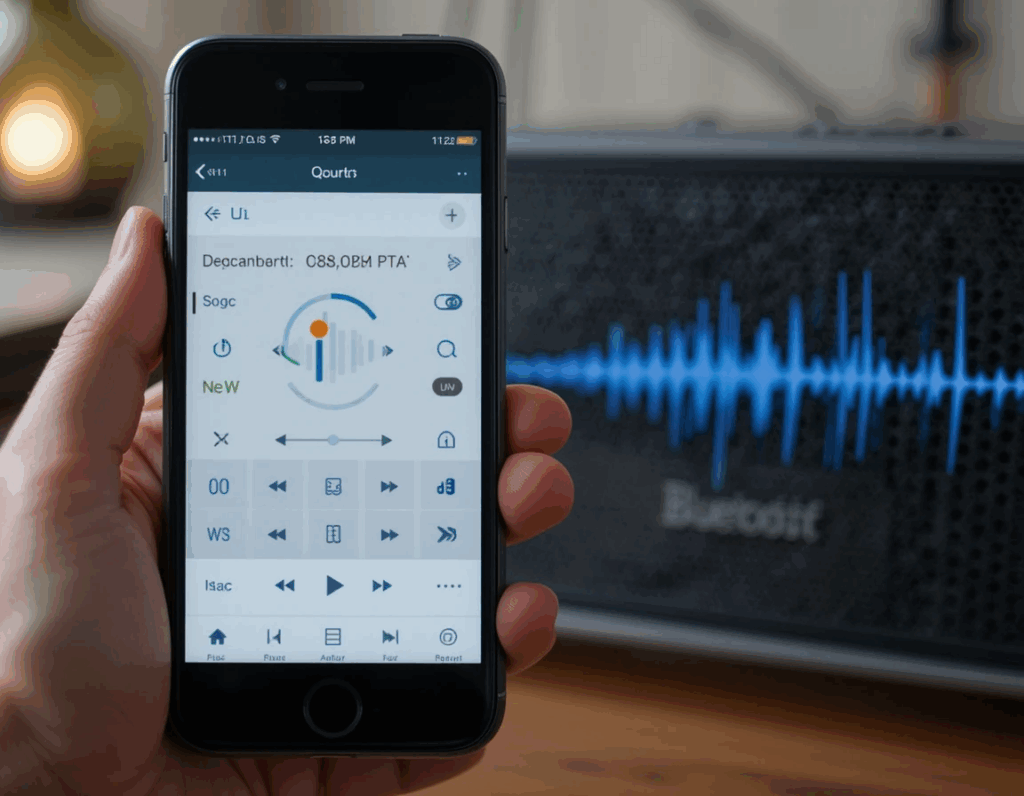
Audio Source and File Quality
No matter how good a speaker is, it can only reproduce what it receives. If your source audio is low-quality, the speaker can’t magically add missing detail. Bitrate and file format matter: lossless formats (FLAC, ALAC) and high-bitrate streams (Spotify Extreme, Apple Lossless) contain more audio information than standard MP3 or low-bitrate AAC. A 320 kbps MP3, for example, discards frequencies that a speaker might otherwise reproduce. Using high-resolution or uncompressed audio allows the speaker to shine, giving a fuller, more dynamic sound.
The playback device also plays a role. A smartphone or computer may apply its own processing. Some phones reduce Bluetooth audio quality by default to save power or due to hardware limits. For instance, the SoundGuys article notes that Android devices sometimes handle AAC or aptX poorly unless the chipset is up to date So if you use an Android phone, ensuring it’s updated and that you select the highest Bluetooth audio settings helps. For iPhones, AAC performance is generally reliable, giving “standard” MP3 equivalent quality The bottom line: use the best available source and enable any “high-quality audio” options in your apps or OS to let the speaker deliver its best sound.
Connectivity, Range, and Interference
How far you are from the speaker, and what’s between you and the device, can affect sound quality via connectivity stability. Bluetooth has a typical range of about 10 meters. The further you move away, the weaker the signal gets. Walls, furniture, or even a person between the phone and speaker can cause minor dropouts or reduced bandwidth. This isn’t a change in the acoustic quality itself, but it can result in audio glitches or temporary stutter, which clearly reduces listening enjoyment.
Wireless interference is another factor. Bluetooth uses the 2.4 GHz band, which is shared by Wi-Fi routers, microwaves, and other devices. Heavy interference from nearby networks or appliances can force Bluetooth to retry packets, leading to choppiness or reduced effective bitrate. While most modern devices do a decent job handling interference, in crowded RF environments the sound might become less smooth. To maximize Bluetooth speaker sound quality, keep the source and speaker in line-of-sight when possible and avoid placing the speaker too close to a router or other strong RF emitters.
Lastly, battery level (for portable speakers) and charging status matter. A speaker running on very low battery might reduce output power, causing volume drop or distortion. Always try to use the speaker with sufficient charge.
Connectivity checklist:
- Stay within ~10m of the speaker.
- Minimize obstacles between the device and speaker.
- Avoid wireless interference (don’t have your phone’s Wi-Fi actively streaming video, for example, while listening).
- Keep Bluetooth codecs aligned (both devices supporting the same high-quality codec).
Tweaks and Settings: EQ, Volume, and Effects
Even with the best hardware and connection, user settings can influence final sound quality. For instance, setting the speaker’s equalizer (EQ) to extreme bass or treble boost may overload the driver at certain frequencies, causing distortion. Most speakers allow basic volume control; cranking it too high on a weak speaker can introduce clipping. It’s often better to keep volume at a level where the sound is clean, and if needed, tweak bass/treble gently.
Some Bluetooth speakers include built-in DSP or presets (like “dance,” “podcast,” or “3D sound”). These digital enhancements can alter the audio signature. Quality DSP algorithms aim to clarify vocals or widen soundstage, but cheap or aggressive DSP can add artifacts. If you notice muddy sound, try switching off extra effects or EQ and compare.
In summary, a neutral or flat EQ (if adjustable) is usually the starting point for the most accurate sound reproduction. Then make slight adjustments for personal preference. And ensure your source device is not running sound compression (like “smart volume leveling”) that could flatten dynamics.
Tips to Improve Your Bluetooth Speaker’s Sound
- Use High-Quality Audio: Play lossless or high-bitrate files when possible. Streaming services often allow “highest quality” mode – enable it.
- Select the Best Codec: If your speaker and phone support aptX, AAC, or LDAC, enable those. On Android, look in Developer Options for “Bluetooth Audio Codec” and set to the highest availablesoundguys.com.
- Optimize Placement: Place the speaker at ear level in an open space, away from corners or walls to reduce unwanted reflections. Avoid placing it on cloth or materials that block the driver.
- Charge Fully: Ensure the speaker’s battery is well-charged. A dying battery can thin out sound at high volumes.
- Update Firmware: Some speakers get firmware updates that improve audio processing or codec support. Check the manufacturer’s app or site.
- Minimize Interference: Keep other wireless devices (especially on 2.4GHz) away when listening. If Wi-Fi is causing issues, try switching your phone to airplane mode with Bluetooth on.
- Adjust EQ Carefully: If your source device (phone/computer) has an equalizer, start with a flat setting. Boost bass or treble only as needed, and avoid extreme boosts to prevent distortion.

By focusing on these areas – high-quality source material, good Bluetooth connection, and optimal speaker setup – you ensure the speaker is able to perform at its best.
FAQs
Q: Does Bluetooth version (e.g. 4.2 vs 5.0) affect sound quality?
A: Bluetooth version mostly affects range and data capacity. Newer versions (like 5.x) have more bandwidth and longer range, but codec support is what truly defines audio quality. Even Bluetooth 4.2 can sound excellent if using a high-quality codec and good implementationsoundguys.comsoundguys.com. Ensure both devices support the same advanced codec for best results.
Q: How do I know if my speaker is getting a lossless stream?
A: Most consumer Bluetooth streaming is still technically lossy, but you can maximize quality by using aptX HD or LDAC (near-lossless) if available. Some manufacturers label their speakers as “Hi-Res” or specify supporting LDAC. In practice, using the highest quality codec setting and high-bitrate sources is the closest equivalent to lossless Bluetooth.
Q: Will a wired connection sound better than Bluetooth?
A: Generally, a wired connection (aux cable) avoids Bluetooth compression entirely and can deliver the signal uncompressed, which is theoretically better. However, modern Bluetooth codecs at high bitrates (aptX, LDAC) can be nearly transparent for many listenersbowerswilkins.com. If you crave the absolute purest signal and your speaker has an aux-in, wired will bypass any Bluetooth limitations.
Q: Can I improve sound quality with DSP or external EQ apps?
A: Yes, EQ apps or digital signal processors (DSP) can shape the sound, but use them judiciously. Enhancing certain frequencies can tailor the sound to your room or preference, but too much boost can cause distortion or clipping. It’s best to use EQ to correct any lack or excess in frequency response rather than extreme effects.
Q: Does speaker size matter for sound quality?
A: Speaker size influences bass and loudness. Larger speakers (with bigger drivers and bigger enclosures) can generally produce deeper bass and higher volume with less distortion. Smaller “pocket” speakers can still sound clear, but will have less punch. In the end, size is one factor – design quality is equally important.
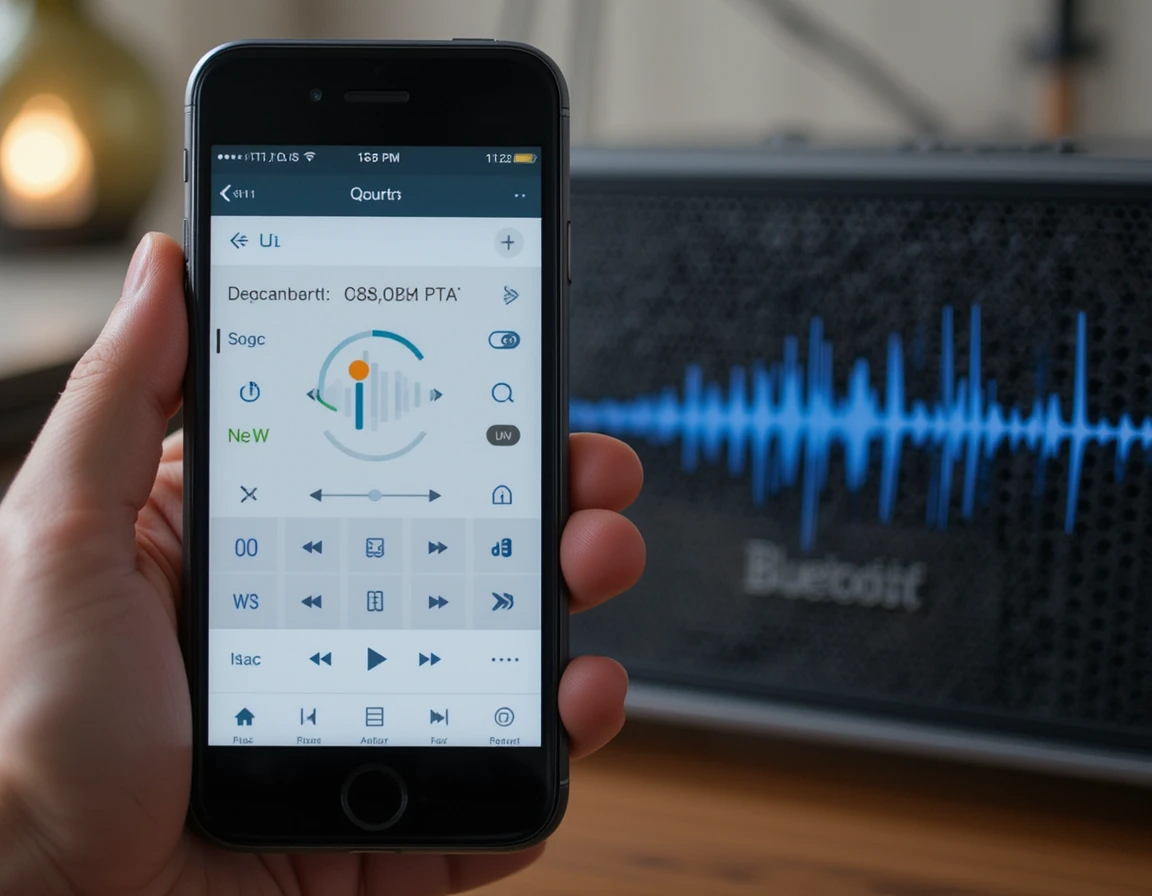

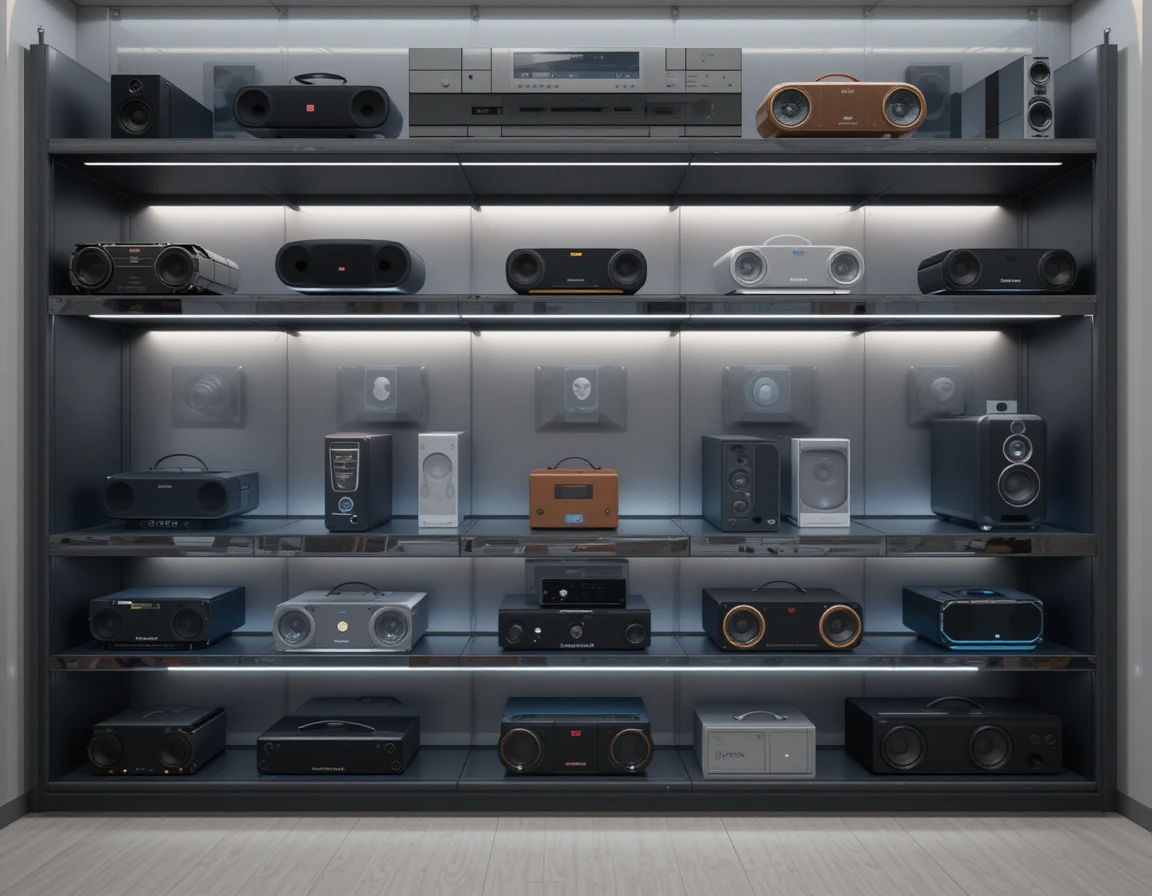


2 thoughts on “What Affects the Sound Quality of a Bluetooth Speaker the Most? 2025”